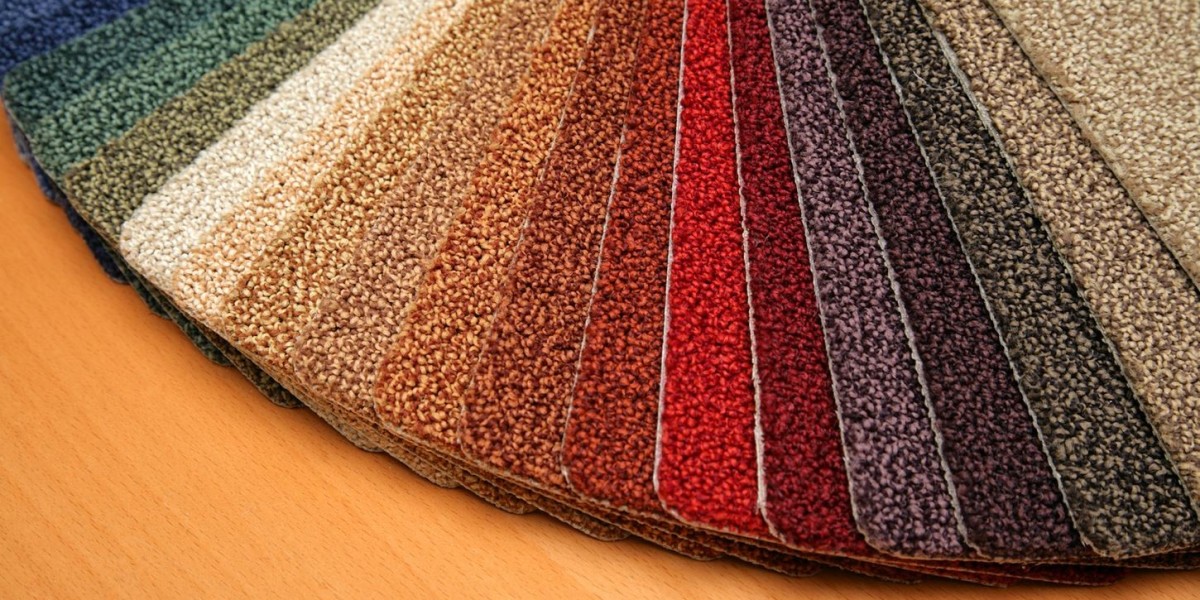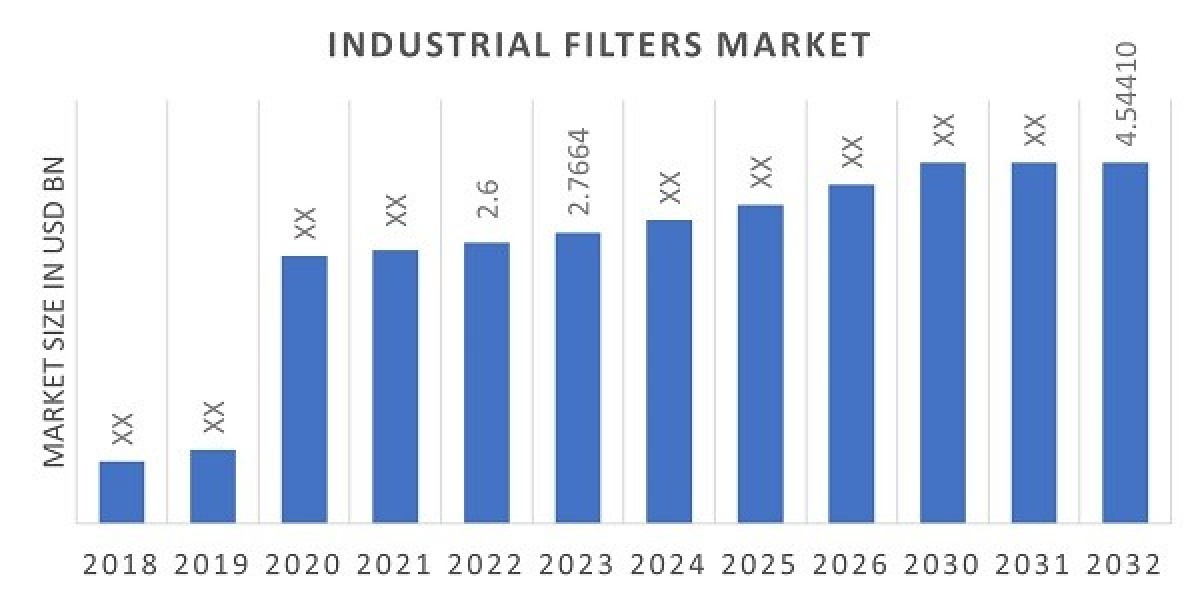The carpet tile market is experiencing a wave of innovations, driven by advances in technology, sustainability efforts, and shifting consumer preferences. Carpet tiles, once primarily valued for their practical benefits, are now evolving into dynamic flooring solutions that offer design flexibility, sustainability, and enhanced functionality. This article explores the key innovations in the carpet tile market, examining the trends and technologies reshaping the industry.
1. Sustainable Materials and Eco-Friendly Designs
One of the most significant innovations in the carpet tile market is the shift towards sustainability. As consumers and businesses alike become more environmentally conscious, manufacturers are focusing on creating products that minimize environmental impact. Carpet tiles are being made from recycled and renewable materials, with a growing emphasis on using fibers such as recycled PET (polyethylene terephthalate) from plastic bottles or nylon, which can be regenerated and reused.
Manufacturers are also adopting circular economy principles, designing carpet tiles that can be easily recycled at the end of their lifespan. Companies like Interface and Mohawk Industries are leading the way with their initiatives to use reclaimed materials and ensure their carpet tiles are 100% recyclable. Additionally, many carpet tile manufacturers are working on developing more eco-friendly backing materials that are biodegradable or made from sustainable sources, helping to reduce landfill waste.
These sustainable innovations align with the growing demand for green building materials and eco-friendly products, particularly as the construction and interior design industries increasingly prioritize LEED (Leadership in Energy and Environmental Design) certification and other environmental standards. As a result, the demand for eco-conscious carpet tiles is expected to continue to rise in both commercial and residential markets.
2. Smart Carpet Tiles: Integrating Technology into Flooring
Technology is playing a pivotal role in transforming the carpet tile market. The advent of smart flooring solutions is among the most exciting developments. Smart carpet tiles equipped with sensors are now being integrated into commercial spaces, offering enhanced functionality and performance.
These innovative carpet tiles can monitor foot traffic, detect temperature changes, and even measure moisture levels. This data can be used for building management systems to optimize energy use, improve HVAC (heating, ventilation, and air conditioning) efficiency, or alert maintenance teams about potential issues such as spills or flooding. For example, some smart carpet tiles in office buildings can automatically adjust lighting or temperature based on occupancy patterns, contributing to greater energy efficiency and comfort.
Moreover, these smart solutions are beneficial in healthcare and education settings, where the ability to monitor environmental conditions is crucial. Carpet tiles embedded with sensors that detect changes in humidity or temperature could help maintain optimal conditions for sensitive environments such as hospitals or laboratories.
This technology also offers greater safety and convenience. For example, moisture-detecting tiles can alert building managers to potential flooding, while anti-slip technology can reduce the risk of accidents in high-traffic areas. The ongoing integration of smart features in carpet tiles opens new opportunities for innovation in both functionality and design.
3. Modular and Customizable Designs
Carpet tiles have always been prized for their modularity, but the design flexibility available today is more advanced than ever. Innovations in digital printing and 3D technologies allow manufacturers to create highly customizable patterns, textures, and colors, offering endless design possibilities. This has opened the door for greater creativity, particularly in commercial environments where businesses want their flooring to reflect brand identity or create a unique atmosphere.
Carpet tiles can now be printed with intricate patterns and vibrant colors, or even branded with logos and company colors. In addition, digital technologies enable the creation of intricate textures, allowing designers to incorporate more tactile and visually appealing elements into the flooring. These design innovations are not only about aesthetics but also about functionality, with certain textures and patterns offering acoustic benefits, soundproofing qualities, or enhanced comfort underfoot.
The modular nature of carpet tiles also means that individual tiles can be replaced or rearranged without disrupting the entire floor. This modularity appeals to both commercial and residential consumers, offering ease of installation, maintenance, and flexibility for redesigns. Companies can easily refresh their spaces by swapping tiles to create new patterns or incorporate new designs, allowing businesses to update their look without costly renovations.
4. Antimicrobial and Stain-Resistant Technologies
In the wake of the COVID-19 pandemic, there has been a growing emphasis on hygiene and cleanliness, particularly in commercial spaces like offices, hospitals, and schools. Carpet tile manufacturers have responded with innovations that include antimicrobial treatments and stain-resistant coatings to ensure a cleaner, healthier environment.
Antimicrobial treatments are now common in carpet tiles, helping to prevent the growth of bacteria, mold, and mildew on the surface of the tiles. These treatments are particularly valuable in high-traffic areas, where hygiene and cleanliness are critical. Some manufacturers have also introduced products with enhanced stain resistance, reducing the need for frequent cleaning and maintenance.
These innovations not only contribute to maintaining a clean and safe environment but also improve the durability and longevity of carpet tiles. Consumers are increasingly looking for flooring that can withstand heavy use, maintain its appearance over time, and reduce the need for intensive maintenance.
5. Sustainability Certifications and Green Standards
Another significant innovation in the carpet tile market is the increasing adoption of sustainability certifications and green building standards. Carpet tile manufacturers are actively seeking certifications like Cradle to Cradle, LEED, and Green Seal, which ensure that their products meet high environmental and sustainability standards.
For instance, Interface’s “Net-Works” program sources recycled nylon from discarded fishing nets to create carpet tiles. This not only helps reduce ocean waste but also promotes a circular economy by giving used materials a second life. Similarly, brands are also focusing on reducing carbon emissions during manufacturing, committing to carbon-neutral goals, and using sustainable energy sources.
These certifications and sustainable practices are becoming a key selling point for eco-conscious consumers and businesses that are increasingly incorporating environmental impact into their purchasing decisions. As sustainability becomes an even bigger priority across industries, innovations in green certifications and manufacturing practices will be crucial to the future of the carpet tile market.
Conclusion
The carpet tile market is undergoing a profound transformation, with innovations in sustainability, design, technology, and functionality reshaping the way flooring solutions are perceived and used. From eco-friendly materials and smart technology to customizable designs and antimicrobial treatments, the carpet tile industry is poised for continued growth. These innovations not only provide businesses and homeowners with more flexible, durable, and aesthetically pleasing options but also contribute to a more sustainable and efficient future for the flooring industry. As consumer demand for sustainable and high-performance products continues to rise, carpet tile manufacturers will need to remain agile and innovative to stay ahead in this competitive market.



